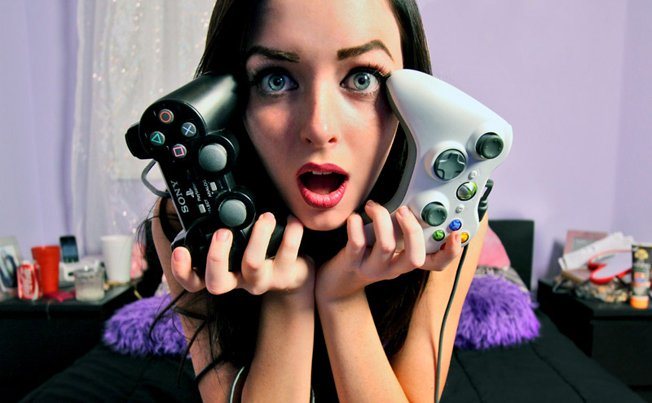“A majority of gamers agree that “having a positive impact on society is important to me”—a full 21 percentage points higher than non-gamers.” -The New Face of Gamers
This is especially apparent in the situation of ara_gaming. This is a gaming channel that recently has gone under a change of management. Though most of the details are relatively vague, it is the general consensus that the woman who normally runs the channel has ownership of the channel and it’s associated Twitter account has lost both in a recent divorce. Many of her viewers were outraged when they tuned in to see a strange face on the screen. They demanded answers but the new woman claimed that she couldn’t share any of the details for legal reasons. The response to this was to start the hashtag aragate on twitter to try and get to the bottom of what exactly happened. A quick Twitter search for the hashtag reveals that not much has been discovered in the case, it does bring a few things to mind.
First is the fact that the Twitch community is very vocal. While this was stated in the article referenced above, I took that with more than a few grains of salt due to the fact that these statistics were requested by Twitch. But it makes sense that a community that has a core value in being the most technologically up to date would be more than willing to be active in different social media circles. So an issue like this that directly affects the Twitch community would be a call to action that couldn’t be ignored. It is very unfortunate that there is so little reason for the people who have the answers to respond. The channel has enough popularity that it should be able to coast off of that for the forseeable future, unless there is a sudden drop in viewership, and it seems that the original channel holder is legally unable to respond. Thus the movement has come to a bit of a standstill
In addition to the questions as to what happened to the original gamer, there is also the response to the new face of the channel. While some people were content to stay and simply watch games get played, many decided that since it was no longer the original person, the channel was no longer worth watching. This begs the question of the loyalty of the individuals watching the channel. While many people watch channels for the mechanics or the strategy of the games, the personality of each channel is worth noting, and questioning. How much of the viewership of each channel is based purely on personality? Some argue that the personality is more important than the actual gameplay, examples being cited are things like the Playboy channel on Twitch (it’s real, and I only know that because of this assignment) where it doesn’t seem like gameplay is the primary focus. The same could be said for male run channels that are more about the interactions with those on the chat stream. This is not to discount either of these groups abilities as gamers or to make light of their accomplishments, but just to bring into question what makes a community on Twitch, the game or the gamer?
check it out: http://gamerant.com/twitch-streamer-loses-account-divorce-120/






















